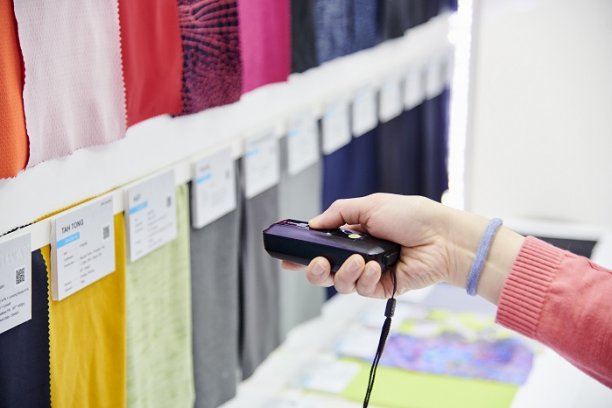
Solvay adds new data to Digimat-MX database
Together with WFSGI, ISPO provides access to a continuously updated source of information about labels around the world.

17th April 2019
Innovation in Textiles
|
Munich
Thanks to the new label database, risks can be minimised and processes designed more efficiently. © ISPO
Product labelling through so-called labels is an advantage for consumers all over the world in order to inform themselves directly about the characteristics of a product such as quality or origin. Many countries have legal requirements that apply to labels. But few international standards exist for them. This frequently creates major challenges for manufacturers.
Together with the World Federation of the Sporting Goods Industry (WFSGI), ISPO provides access to a continuously updated source of information about labels around the world provided by a global database of Compliance & Risks.
“The Compliant Labeling Requirements (CLR) Database of the WFSGI offers a critical overview of global requirements regarding product labelling – and creates a clear competitive edge for users. With the help of the database, brands and manufacturers can save time and money while also minimising process-related risks,” said Tobias Gröber, Executive Director of the Business Unit Consumer Goods at Messe München and the Head of the ISPO Group.
Many countries require labels that are issued by government agencies, independent associations or industry organisations for a number of business areas. But the validity of these labels is often only regional or national.
“This situation creates a challenge for global players,” continued Mr Gröber. “They have to remain constantly up to date about the latest labels in individual countries and make the appropriate changes by the deadline. If they fail to do so, they could face legal and, above all, business consequences like lost sales.”
Thanks to the new label database, these risks can be minimised and processes designed more efficiently. One such step could involve proactively informing users when requirements change. If a product launch is being planned for a new market, searches for label specifications can be conducted as part of this work.
The service encompasses the following product groups in 49 countries in Africa, Asia, Australia, Europe as well as North and South America: clothing and textiles, shoes, consumer electronics (wearables), personal protective equipment, sporting goods and bicycles (including e-bikes).
The WFSGI’s Compliant Labeling Requirements (CLR) Database was introduced in the fall of 2018. Since then, it has been used by such companies as Columbia Sportswear, HEAD, Intersport and Sport 2000. The database draws on the knowledge management platform C2P of Compliance & Risks.

Business intelligence for the fibre, textiles and apparel industries: technologies, innovations, markets, investments, trade policy, sourcing, strategy...
Find out more